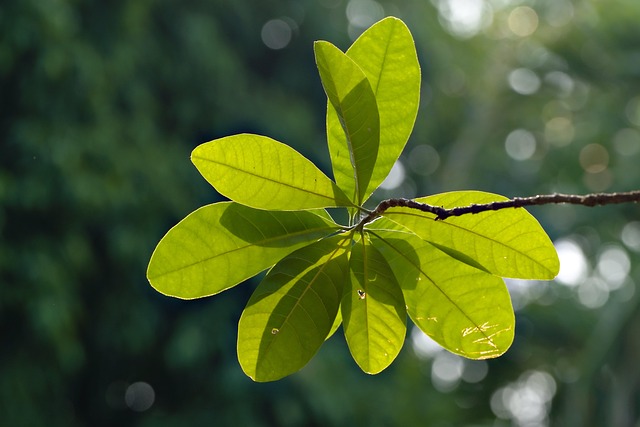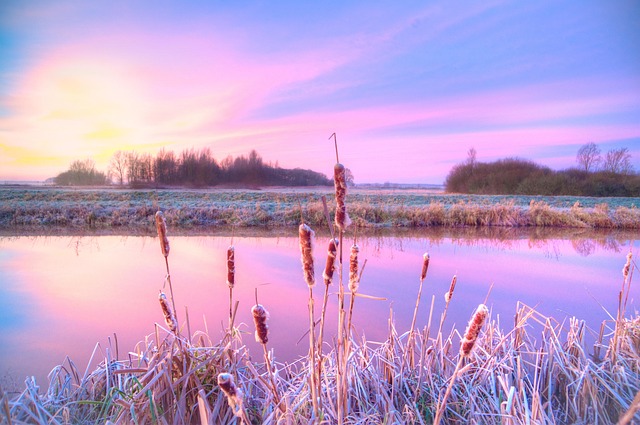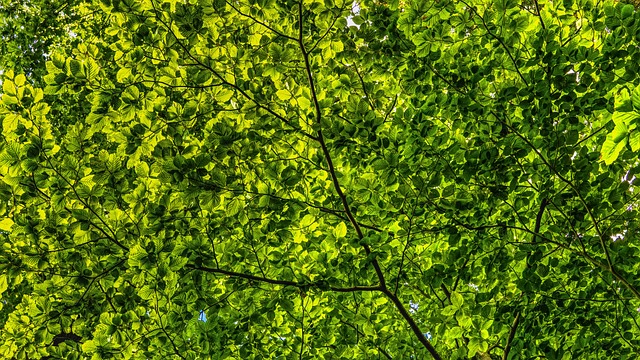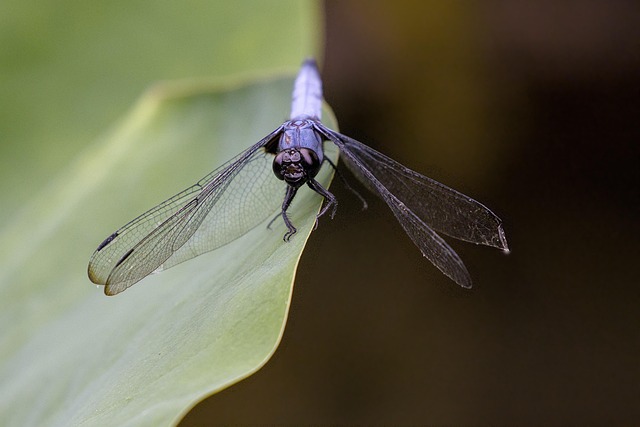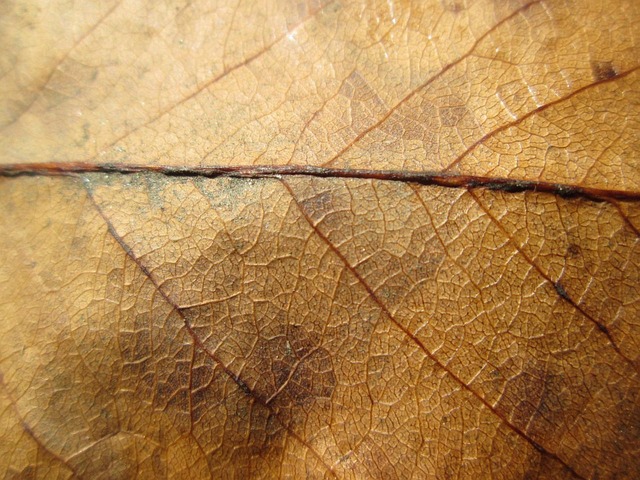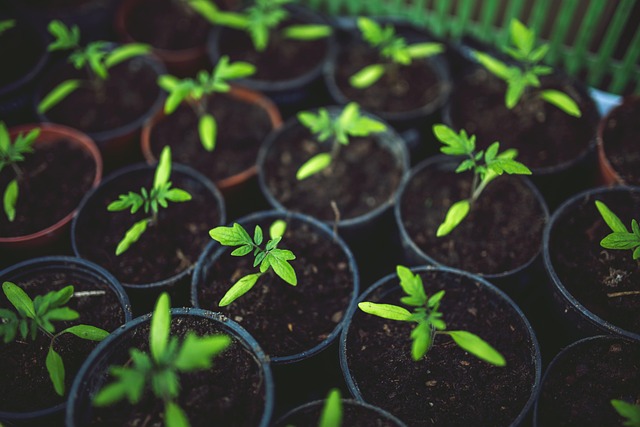in 43, </ > + > 5/ w/ < & > (∴ > 1/ no de, →, no? < h/ ( > > 5/ w/ →: > < 1/ la/ no di/ (in der」 w/ & > 1/ f/ but, →? & < > > < < in, and, esv/ >, <: >, & 1/ > < ( >, > 2/ f/ w/ →, 5/ < + but, > ∗/ no, do, es/ & <, 3/ no, 8/ → >? (> →, < /? => no 1/ > 1/ m/ (f/
In today’s world, understanding biodiversity and its significance in real estate is more crucial than ever. This article explores how biodiversity enriches our living environments and guides developers, urban planners, and investors towards sustainable practices. We delve into strategies such as habitat conservation, integrating green spaces into development plans, and promoting biodiversity in urban settings. By adopting these approaches, the real estate sector can foster vibrant ecosystems while creating thriving communities.
Understanding Biodiversity and its Significance in Real Estate

Biodiversity refers to the variety of life forms, including plants, animals, and microorganisms, in a given area or ecosystem. In real estate, understanding biodiversity is crucial as it significantly impacts the value and sustainability of properties. Diverse ecosystems, such as forests, wetlands, and grasslands, provide numerous ecological services that benefit nearby developments.
These include improved air quality, water filtration, soil stabilization, and natural pest control. Moreover, areas rich in biodiversity often attract a wider range of buyers, especially those seeking eco-friendly and sustainable living environments. Real estate investors and developers can leverage this knowledge to create habitats that enhance biodiversity, thereby increasing property appeal and contributing to long-term environmental health.
Integrating Habitat Conservation into Development Plans

Incorporating habitat conservation into real estate development plans is a game-changer for biodiversity preservation. It involves strategically designing and implementing green spaces, natural corridors, and sustainable practices within urban and rural landscapes. By integrating ecological considerations from the outset, developers can mitigate habitat fragmentation, ensure wildlife passage, and promote ecosystem resilience. This approach not only benefits local biodiversity but also enhances the long-term sustainability and value of real estate projects.
For instance, incorporating green infrastructure like urban forests, parks, and green roofs can provide essential habitats for diverse species, improve air quality, and mitigate the urban heat island effect. Additionally, linking fragmented habitats allows wildlife to move freely, fostering genetic diversity and healthier populations. This harmonious blend of conservation and development ensures that future communities coexist with nature, creating a sustainable and thriving environment for both people and wildlife.
Strategies for Promoting Biodiversity in Urban Settings
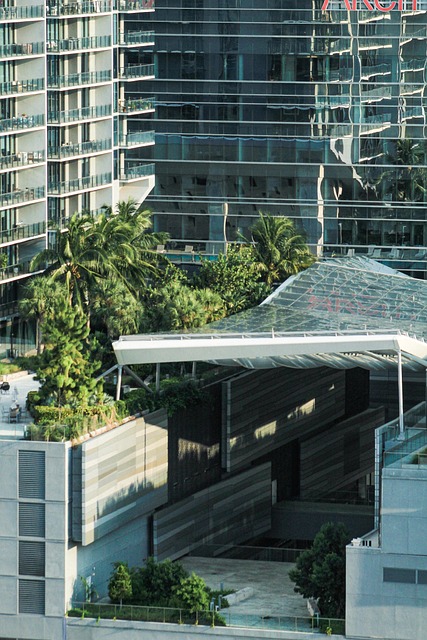
In urban settings, promoting biodiversity requires a multifaceted approach that integrates green spaces and sustainable practices into the fabric of cities. One key strategy is to encourage vertical greening by incorporating plants on buildings, walls, and rooftops. This not only adds aesthetic value but also provides habitats for various species, including birds, insects, and small mammals. Real Estate developers can play a pivotal role by designing and promoting eco-friendly buildings that prioritize biodiversity.
Additionally, urban planners should focus on creating interconnected networks of green spaces, parks, and wildlife corridors. These connected ecosystems enable the movement of animals and facilitate genetic diversity. Implementing rain gardens, bioswales, and other natural infrastructure also helps manage stormwater runoff while providing habitats for local biodiversity. Community engagement is another vital aspect; encouraging residents to participate in local conservation efforts, such as urban gardening and citizen science, can significantly enhance biodiversity in urban areas.
